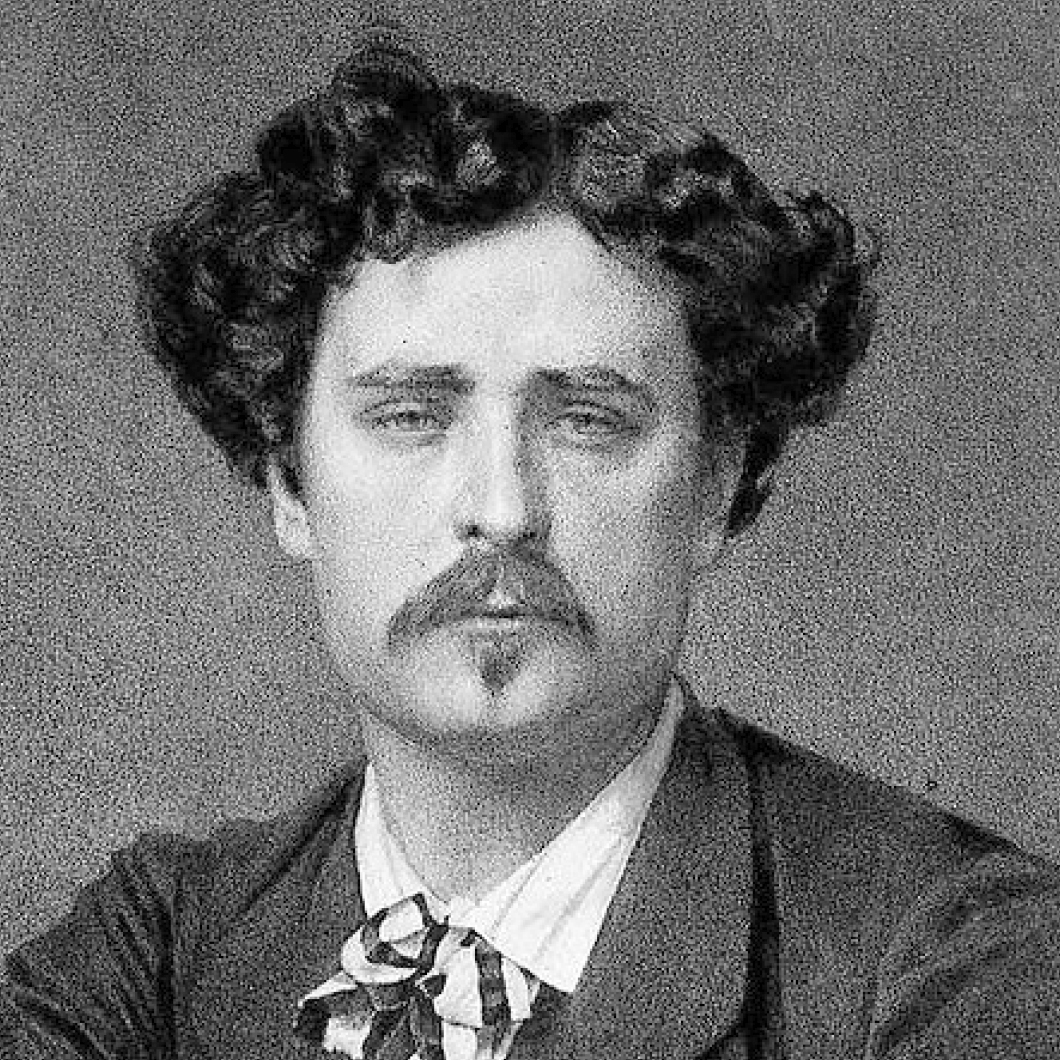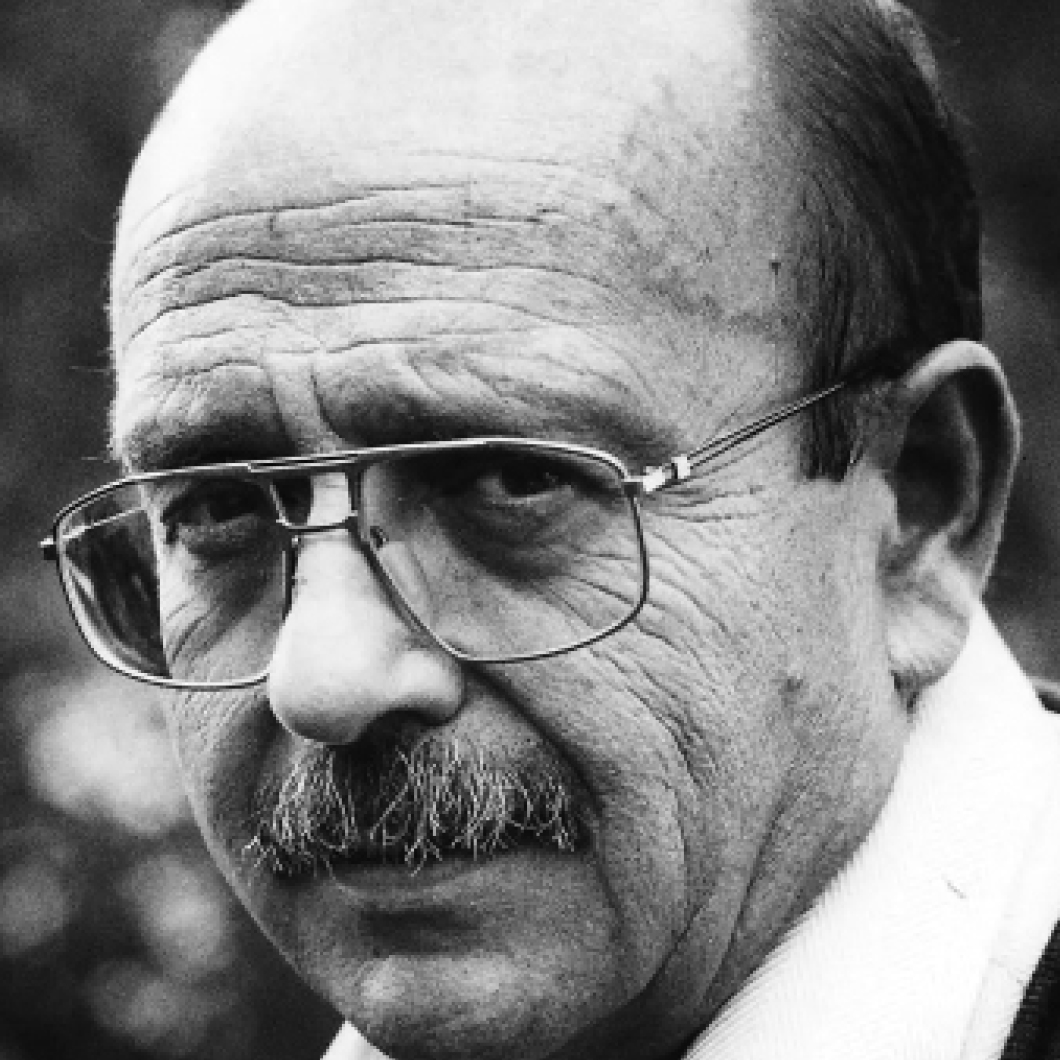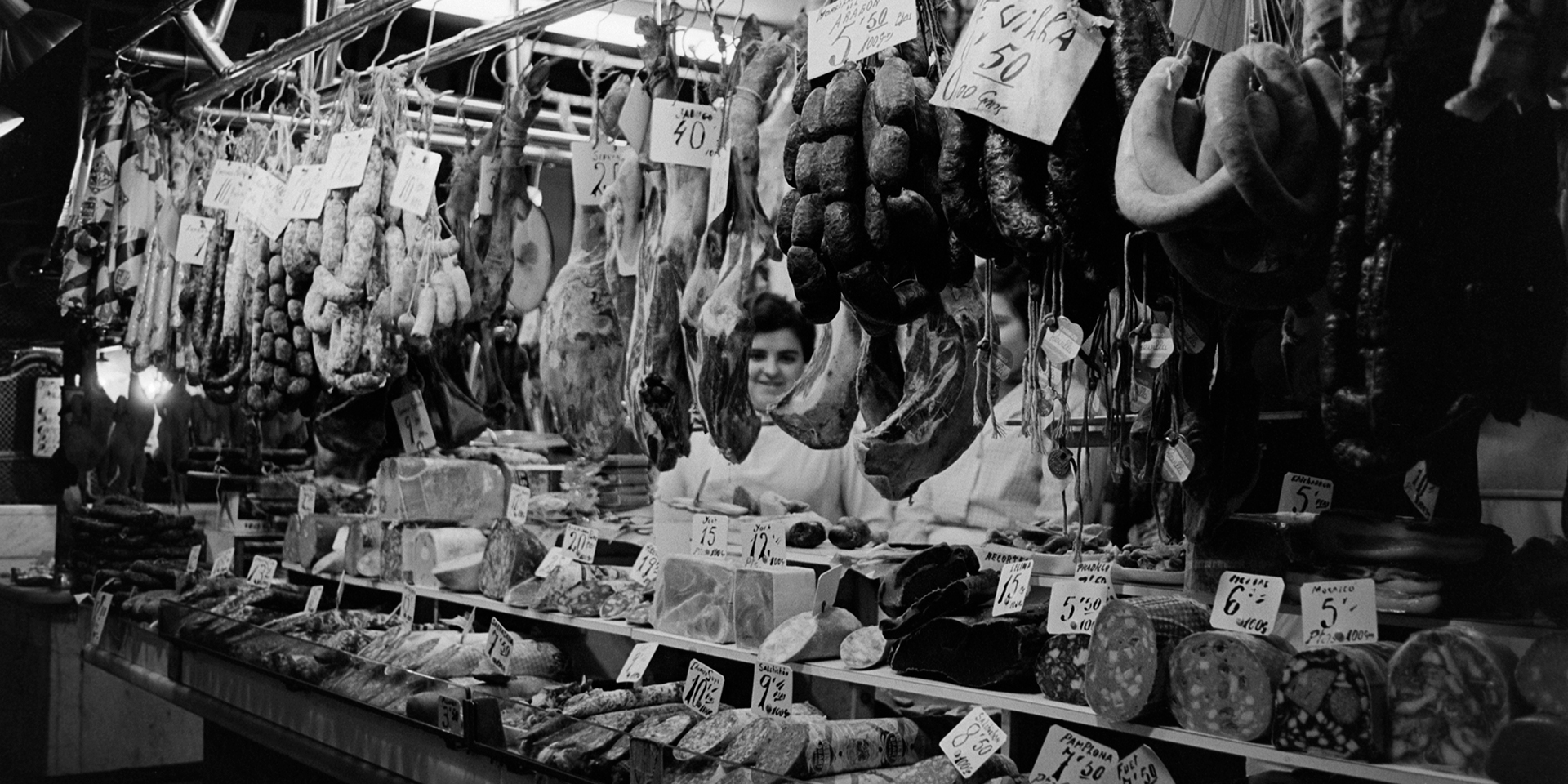
MARIÀ FORTUNY I MARSAL
Was a prominent Spanish painter and printmaker of the 19th century. He was born in Reus in 1838 and moved to Rome with his family in his youth. There, he studied art and began working as a painter and printmaker, developing his own style characterized by great sensitivity to light and color.
Fortuny was one of the most prominent artists of his time in Spain and Europe. In his paintings, lights and shadows are combined in a masterful way to create a realistic and vibrant effect.
As a renowned portraitist, one of his best-known works is the portrait of the Spanish queen Isabel II. Additionally, he devoted himself to landscape painting, capturing the beauty of the landscapes.
Marià Fortuny was also a great innovator in pictorial technique. He developed an engraving technique whereby the drawing was carved on the copper plate and then covered with a thin layer of varnish to create a relief effect on the paper. This technique allowed him to create detailed and delicate images, as in his work ‘Los caprichos de Goya’.
His work was highly valued in his time, receiving many awards and recognitions in international exhibitions and competitions. In 1874, Fortuny died suddenly in Rome at the age of 36, leaving a great artistic legacy and a lasting influence on 19th century painting.
Among his most notable works are ‘La vicaría’ and ‘La batalla de Tetuán’, two large canvases that show his mastery of technique and his ability to represent movement and action in historical painting. His work ‘La playa de Portici’ is an example of the luminous realism that characterized his style.
In addition to his work as a painter and engraver, Fortuny was also interested in other fields of artistic creation, such as interior design, furniture design, and decoration. In this area, he was very innovative, developing a unique style that combined classical and modern elements.
His artistic legacy has been highly valued over the years, and his influence has been felt in the work of many other artists and designers. Fortuny’s works can be found in museums and private collections around the world and are studied for their technique, style, and beauty.

JOSEP PLÀ I CASADEVALL
A good anchovy is never white or pink; it is reddish mahogany, smoky and clear… the best shades that pale red can give in nature.
Catalan writer and journalist known for his precise and elegant prose, Josep Plà described the everyday life and customs of Catalan society and has been consummated as the most important prose writer in 20th-century Catalan literature.
One of the topics that Plà tackled in his works was Catalan cuisine, which he considered a key element of the culture and identity of his homeland.
Plà describes in detail the typical dishes of Catalan gastronomy, from butifarra to escalivada, passing through rice dishes and seafood. But beyond the mere enumeration of recipes, the writer delves into the history and curiosities surrounding each of these dishes, as well as their role in the social and family life of Catalans.
For Plà, cooking is much more than a physiological need: it is a way of relating, communicating, and expressing culture. Hence, in his writings, Catalan gastronomy acquires a human and emotional dimension that makes it an essential part of the Catalan cultural heritage.

MANUEL VÁZQUEZ MONTALBÁN
Known for his talent as a novelist, essayist, and poet, he is one of the most prominent writers in contemporary literature. A key theme in his works is Catalan cuisine, which he considers a cultural and social expression of the country.
In fact, Vázquez Montalbán was a great admirer of the cuisine in Barcelona’s Raval neighborhood. In his writings, the author walks through the streets of the Raval to stop at the most authentic corners and the most genuine flavors, from popular bars to the most sophisticated restaurants.
For him, Raval’s cuisine was a demonstration of the cultural diversity and richness of Barcelona, an open and cosmopolitan city where culinary traditions from different parts of the world merge. In his works, the author describes in detail emblematic dishes such as different rice dishes or fideuà, but he also highlights the importance of fresh and seasonal products, which give flavor and personality to each recipe.
Beyond the mere description of dishes, Vázquez Montalbán reflects on the social role of cuisine and gastronomy in the daily life of the neighborhood. In his writings, the author emphasizes the importance of meetings and conversations around a good meal, which he describes as a good example of the hospitality and generosity of the Catalans.
Manuel Vázquez Montalbán was one of the great defenders and disseminators of Catalan cuisine, and understood culinary heritage as a relevant part of Catalan culture and particularly of the Raval.

